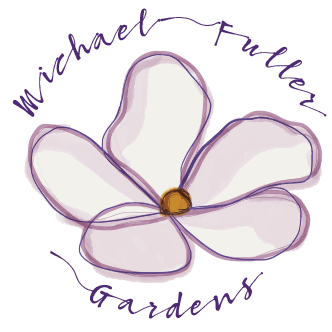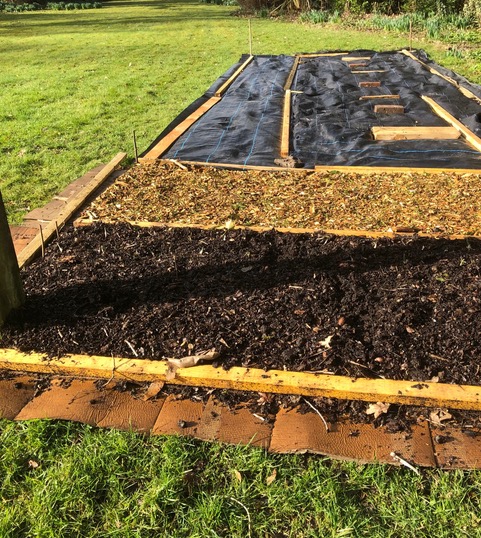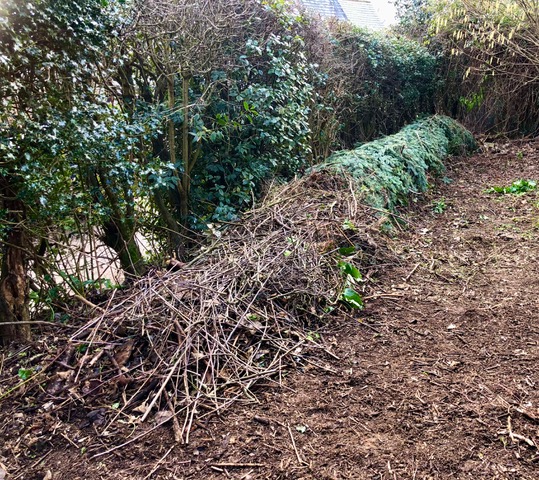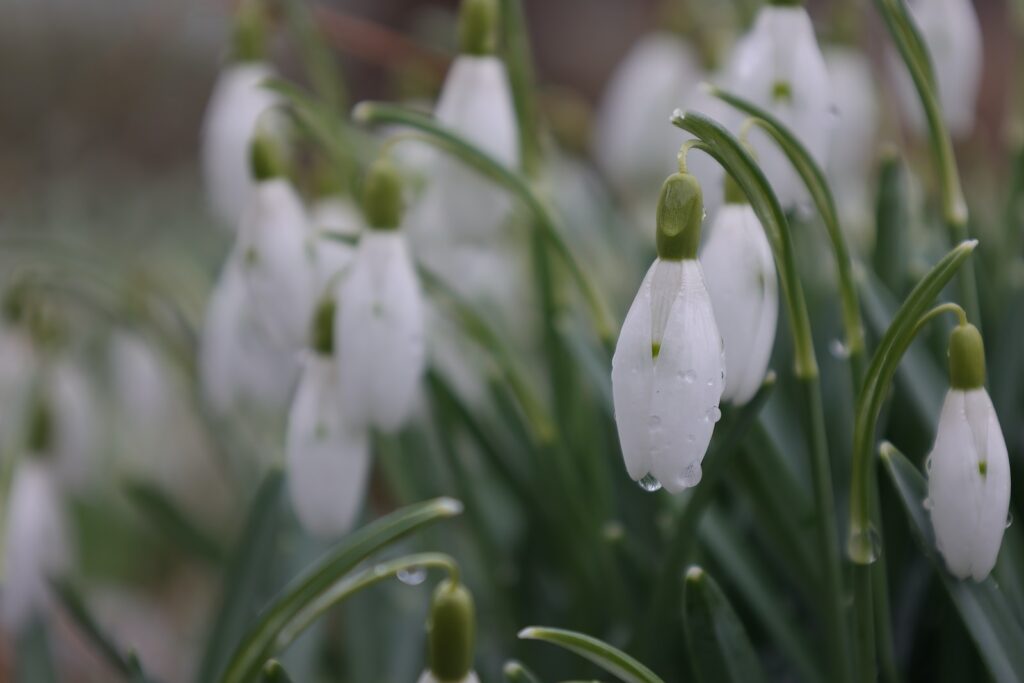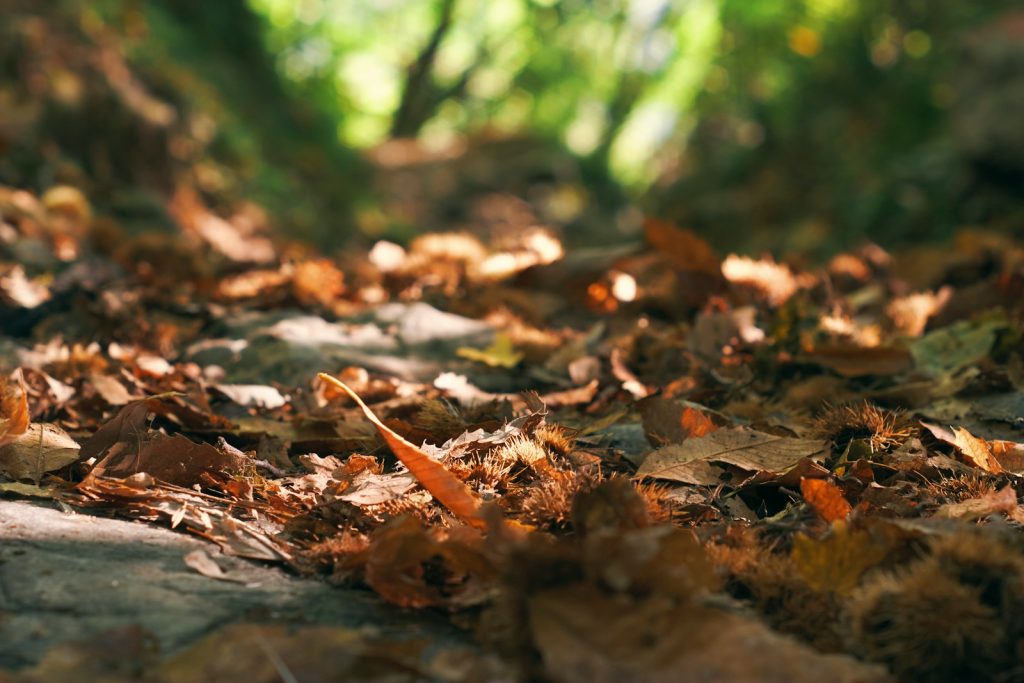The Garden as a Place of Contemplation.
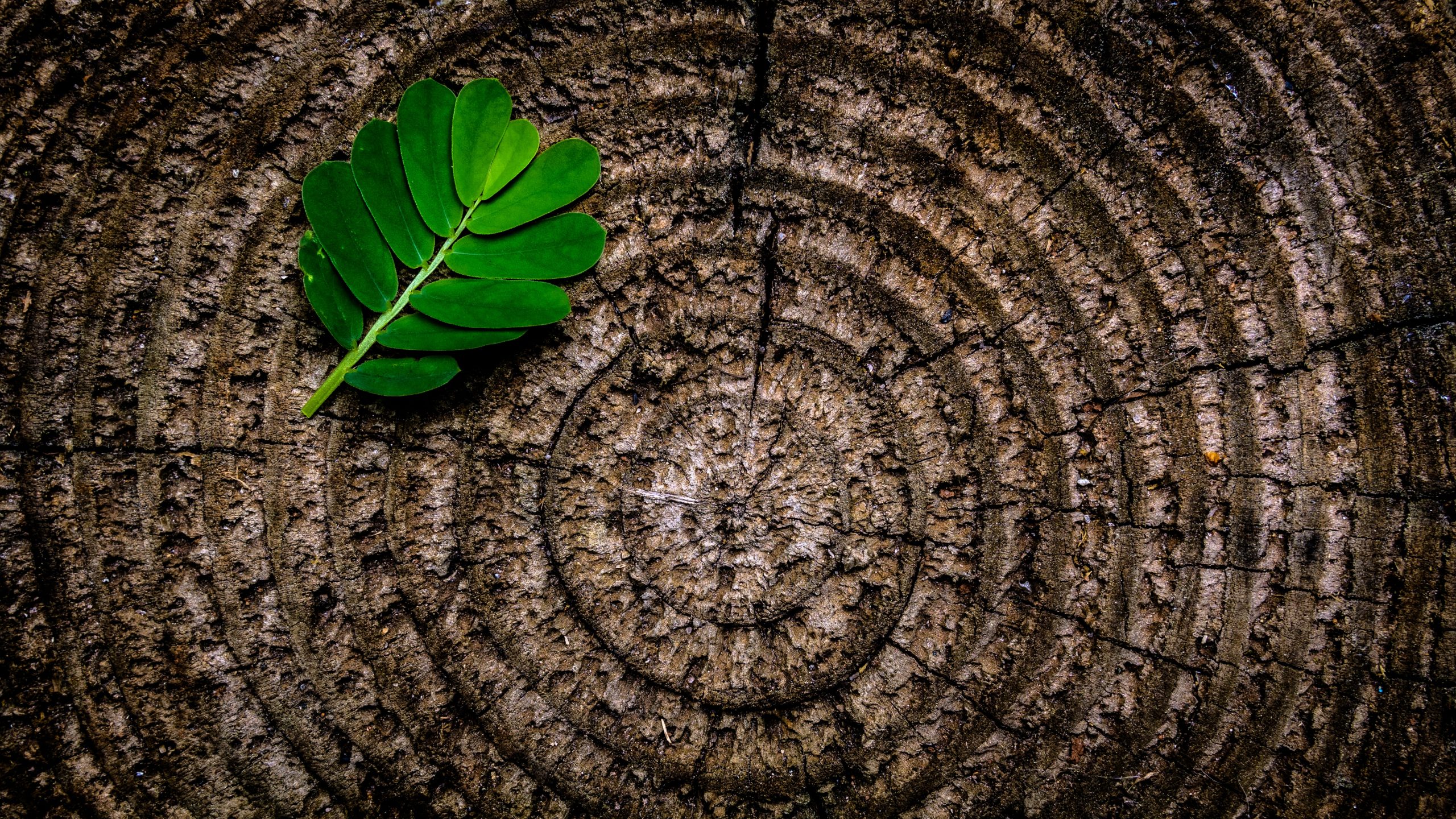
At this time of year in late summer, gardeners have the chance to rest a little, watch the vegetables ripen and generally take it a little easier. Autumn is coming but it is not yet upon us. Many of us will be on holiday or have a little more time to enjoy the gentle mellow light that becomes increasingly sharper as the weeks progress; the weeds have slowed down but the leaves are thankfully still upon the trees.
Many of us have seats and benches in our gardens, generally, they are used for entertaining (outdoor meals and tea) or for relaxing (sunbathing, reading), but perhaps they have another use too? Meditation or mindfulness is now a very popular everyday practice, useful for de-stressing and for getting things into proportion in our minds; it has been scientifically proven to reduce depression and a whole host of physical and mental ailments. I would suggest that meditation or contemplation if carried out in your garden, say on a well-positioned bench or chair, secluded and protected from the elements, can be even more beneficial. The mere fact of sitting in nature, consciously slowing down and breathing deeply without thinking about what to plant or which bed to weed is in itself a very healing experience, giving ourselves permission to just ‘be’. After the busyness of the Spring and Summer months, I would suggest that now is a really good time to start.
Once we have slowed down we can start listening and looking around us a bit more: the bees buzzing in the herbs, or the geese flying overhead, there is a whole world of nature that we might not have noticed before. With joy and wonder, we start noticing ever more smaller things – ants, twigs and buds, rocks, mosses, perhaps even grains of soil? This too is restful and healing, and as we observe more, we slow down more a lovely feedback loop. By taking this process further in our thoughts and feelings, a certain quality might begin to arise within us, one that we might not often find in our busy competitive world. This quality is gratitude: gratitude for the plants and flowers around us: those which make us feel happy with their beauty, those which feed us. The trees: shade-givers, protectors, home to insects and birds who provide their morning and evening songs seemingly for us, and the different animals that pass through many of our gardens – cats, foxes, hedgehogs, badgers, mice, rats, voles, frogs, toads, snakes (all recent visitors to my garden). We can even get microscopic if we want! we can look at the soil, its constituents, including the varied range of minerals and stones to be found, this soil which sustains all our garden life. By taking time to slow down, to observe, with simple joy and wonder, we naturally start to feel grateful for the living world around us. There is much scientific evidence to suggest that developing gratitude for the natural world alongside joy and wonder is an activity that has many healing benefits: physical, emotional and mental, providing as it does a very real sense of connection.
A final suggestion that could be practised alongside those above is learning to follow the cycle of the year. The main festivals of Christmas or Yule (at the Winter Solstice), of Easter (on the first Sunday after the Spring Full Moon) and of May Day (May 1st) are well-known to all of us, but there are other festivals much less talked about now, that traditionally those who work with the land around the world have kept for centuries: there are eight major ones in Britain. (In order from December they are Winter Solstice, Imbolc, Spring Equinox, Beltain, Summer Solstice, Lammas, Autumn Equinox and Samhain). These festivals are connected with the passage of the sun through the seasons and mark the inner reality and mood of the season. By joining our thoughts and feelings with these festivals we gain another meditative layer for ourselves – a sense of connection to, and trust in, the seasonal changes. As we move into September we approach the Autumn Equinox (on the 21st of September) also known as ‘Autumn Quarter Point’, Alban Eleud’ and ‘Festival of Thanksgiving’, which is the time when day and night are of equal length. I would like to end by quoting Glennie Kindred on the Autumn Equinox from her beautiful book on festivals – ‘The Earths Cycle of Celebration’ (which describes all 8 festivals in detail). I hope you find some time to contemplate this in the week’s coming up, perhaps from your secluded bench?
“Equinoxes are a chance to stop and adjust. Things are moving fast now, preparations and intentions for the coming winter must be made. Summer has ended. The days will shorten. The cooler weather reminds us that we all must respond to this transition and change with it. This is the beginning of root energy, bringing rest and renewal in the dark. This is the chance for us all to go within and re-enter the dark womb of the spiritual world, which provides a strong foundation for our lives. It is an opportunity to explore and understand ourselves.
This is a time for ripening fruits, nuts, berries and mushrooms. It is a time for long term planning on the land and planting trees and plants. Within ourselves, it is also a time to plant seeds, which will incubate through the winter months and re-emerge in the Spring, transformed and renewed by their time in the dark”.

